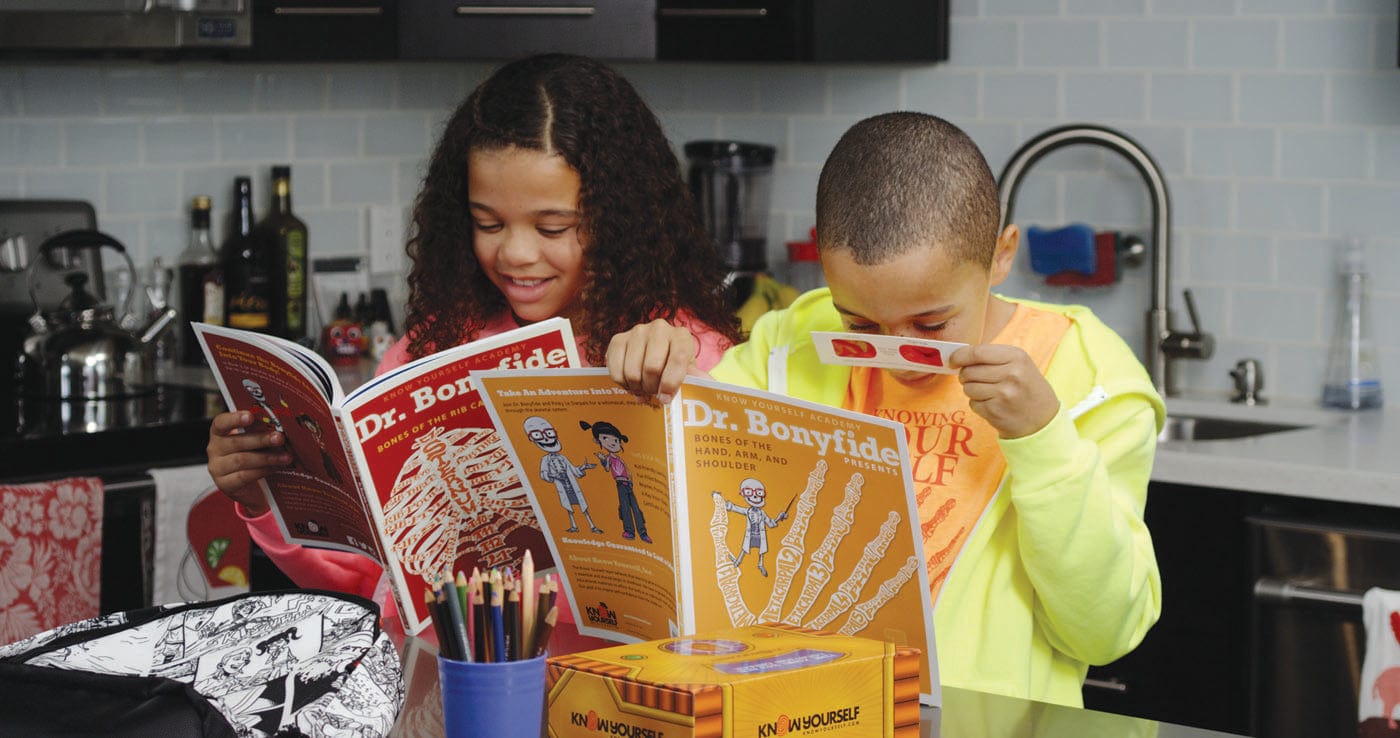
Ahoy, Adventurers! I hope your efforts to learn about your heart and lungs have not been invein...I’m back again to answer some of your questions about the circulatory system.
Remember, if you’ve got questions of your own, send them to me on social media or using the submission box below.
Joke of the Day:
The heart is a great motivational speaker, it really knows how to get peoplepumped up.
Q: Where does the beating sound your heart makes come from?
I bet there are more than a couple Know Yourself-ers out there who’d like to know the answer to this question! We all know our heart ‘beats,’ but where does thatlub-dubsound actually come from? We can trace it to the valves in our heart. Remember, valves work to keep blood flowing in the correct direction. We have four valves inside the heart - the mitral (MY-trul), tricuspid (try-KUS-pid), aortic (ay-OR-tik), and pulmonary (PUL-muh-ner-ee) valves. When the mitral and tricuspid valves close, you hear that first ‘lub’ sound. When the aortic and pulmonary valves close, you hear the ‘dub’ sound. There you have it!
Extra Credit: What’s the instrument called that your doctor uses to listen to the sound of your heart? Submit your answers below!
Q: Why does blood look blue in your veins and red when you bleed?
Ah, the age-old question - what color is bloodactually? Some people think that blood is red outside the body and blue inside the body - probably because our veins can look blue or purple-ish from the outside, depending on the color of our skin. The truth is, our blood is always red. Our blood’s color comes from hemoglobin, which is the protein molecule that carries oxygen in red blood cells. Hemoglobin is bright red in color, and that’s what we see when looking at a drop of blood. The reason that blood sometimes looks blue or purple under our skin has to do with the way that light waves penetrate our skin. If you’d like to learn more about that, another professor can tell you all about it - just clickhere.
You know something that actually does have blue blood? Octopuses and horseshoe crabs. That’s because the protein that transports oxygen in their blood is not red hemoglobin - it’s hemocyanin, which is blue in color!









Leave a comment (all fields required)